Anemospilia, located on the northern slopes of Mount Juktas in Crete, is a significant archaeological site dating back to the Minoan era. Discovered in 1979, the site revealed a rectangular building consisting of four rooms: three chambers connected to a vestibule in the north. The building was destroyed by an earthquake in the 17th century BC.
The eastern chamber contained remnants interpreted as a stepped altar with offerings. Fragments of pithoi were found on the floor, with traces of milk, honey, and peas. Reconstructed vessels depicted religious ceremonies, while another had Linear A inscriptions. Other vessels included a libation jug, an egg-shaped Kamares vessel, and a stone kernos.
In the vestibule, a crushed skeleton was found, its gender unidentifiable. The position of the body suggests the person was fleeing the central chamber when they died. Additionally, 150 vessels of various types and animal bones were found in the western end.
The central chamber housed a stone altar with a pair of clay feet, believed to be the base of a life-sized wooden statue. The statue, or xoanon, was burnt along with the rest of the building. At the base of the altar, traces of at least 400 vessels were found, including a decorated vat used to collect blood from sacrificed animals. Beside the xoanon, a box contained a piece of rock from the mountainside, symbolizing the earth, considered by Minoans as one of the eternal elements of the world.
The western chamber contained two skeletons. One, a 28-year-old woman, was thought to be the high priestess. The other, a man of about 1.78 meters, considered impressive at the time, was lying on his back with his hands covering his face. He had a ring made of iron and silver and a carved seal on his wrist. His legs were broken. He was found near the center of the room, where a platform was located.
On the platform, another body was found, identified as an 18-year-old male. He was in a fetal position, leaning on his right side. A decorated knife, about 40 centimeters long and weighing over 400 grams, was found among the bones. The back legs touched his thigh, indicating he had been tied.
The findings in the western chamber have been interpreted as evidence of human sacrifice, although this interpretation has been challenged. The knife might have been a decorated spear that fell from the shelves, and there’s no evidence to suggest the platform was an altar.
Anemospilia offers a unique glimpse into Minoan religious practices and beliefs. The site’s tragic end, preserved by the earthquake, provides valuable insights into the rituals and customs of this ancient civilization.
Construction Period: 17th century BC
Location: Northern slopes of Mount Juktas, Crete
Dimensions: Rectangular building with four rooms
Historical Significance: Provides evidence of Minoan religious practices, potentially including human sacrifice.
Current Status: Archaeological site open to the public.















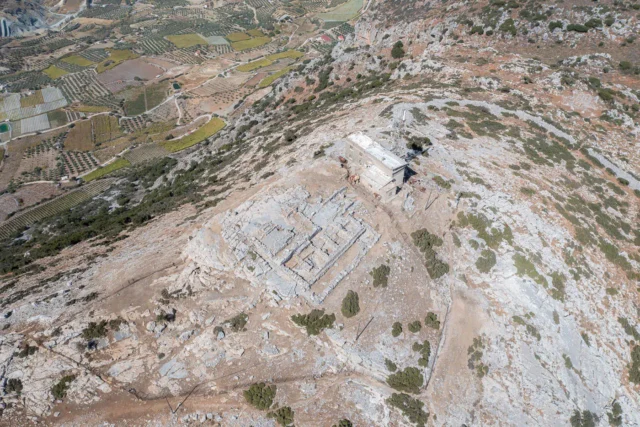


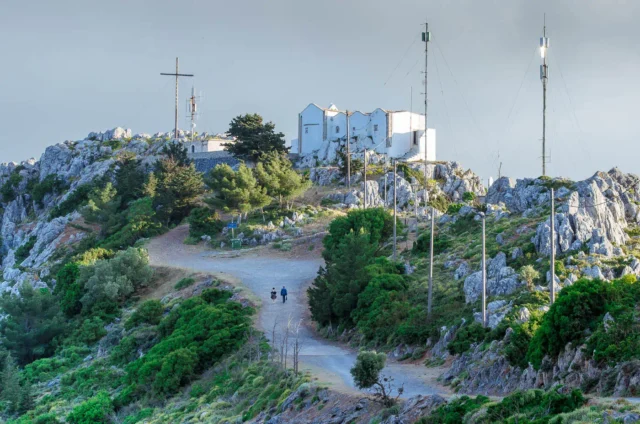
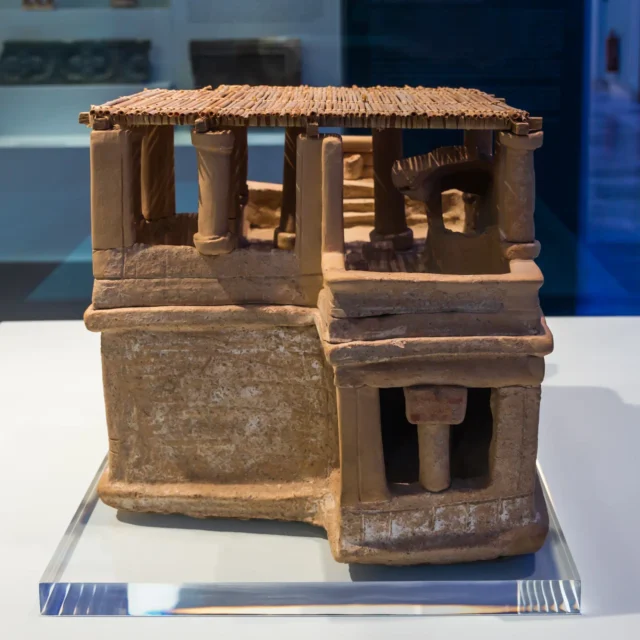
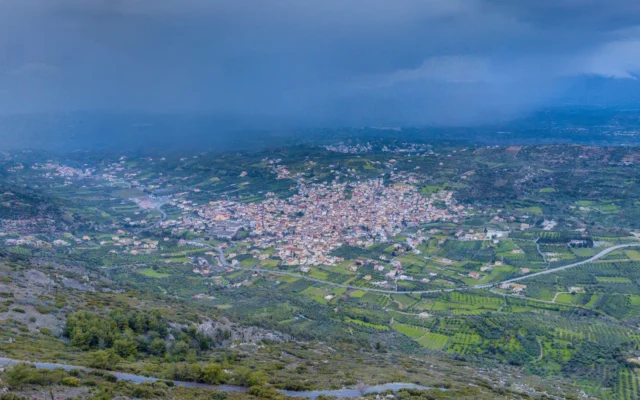

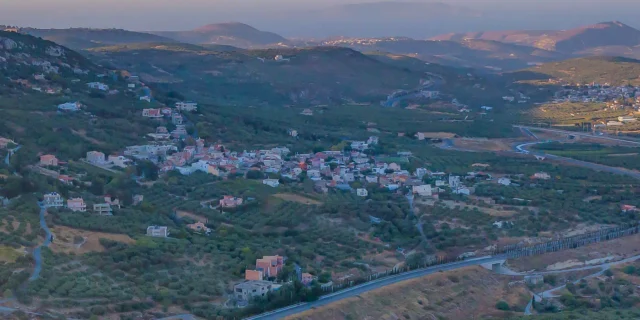
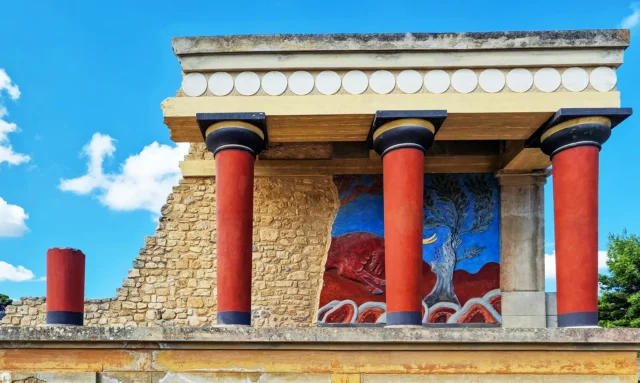
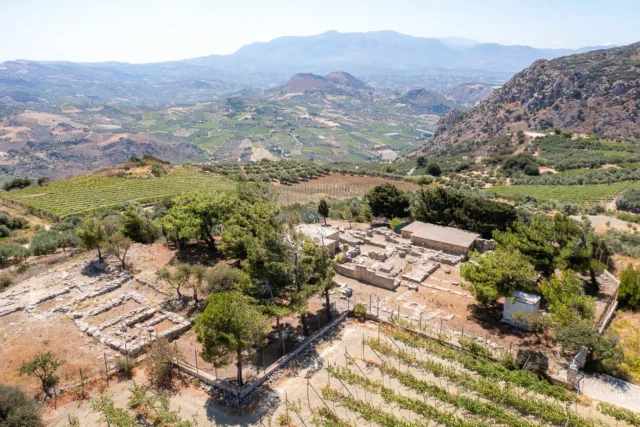
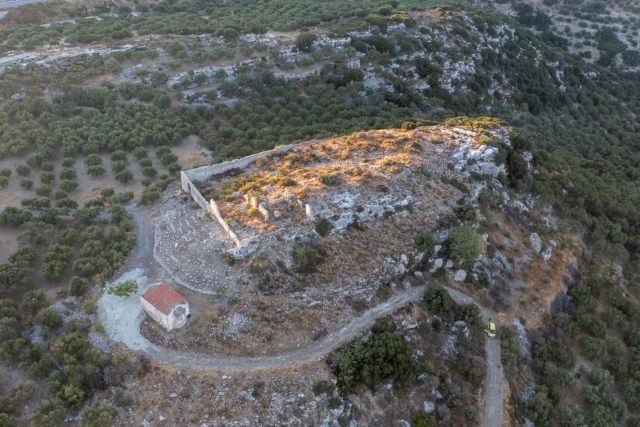
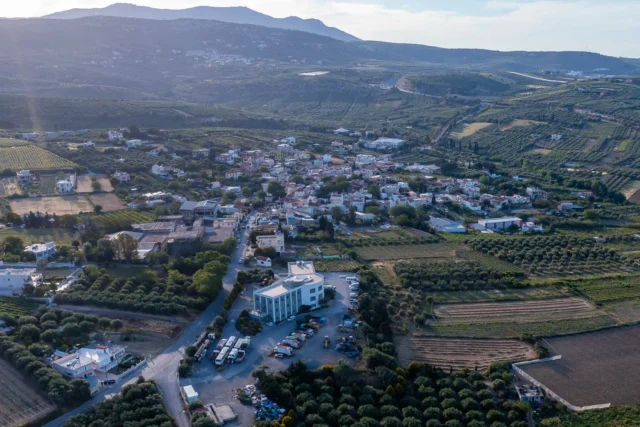
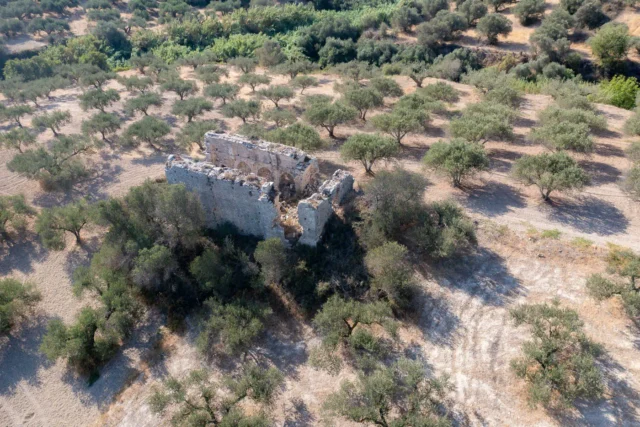

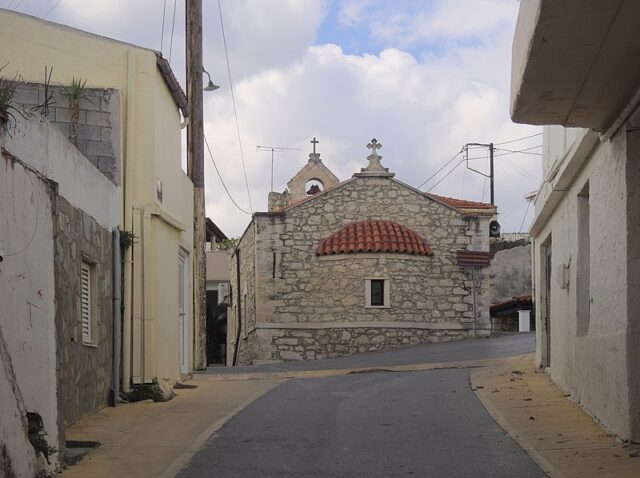

There are no comments yet.